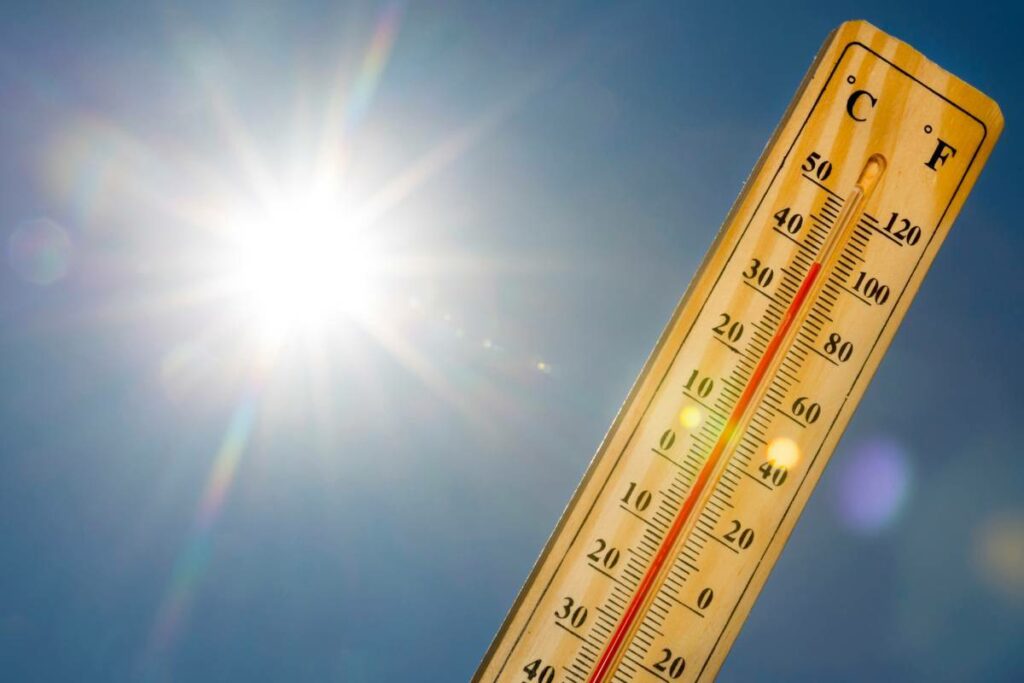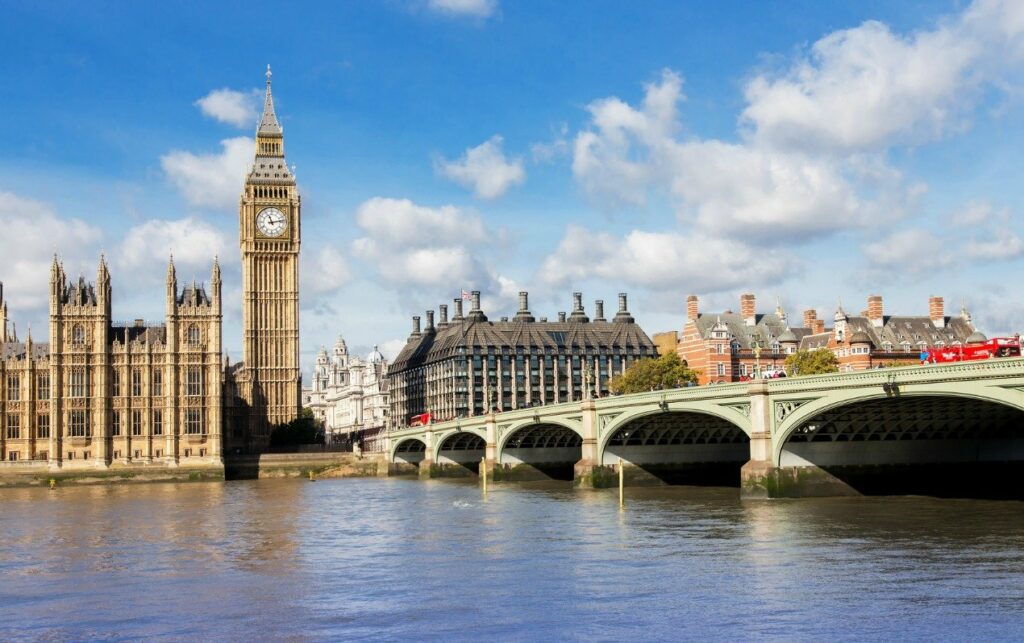The BBC reports that “Arctic heat record is like Mediterranean, says UN”. And when the UN speaks, even scientists fall silent. But as Paul Homewood objects, the record set in Verkhoyansk last June at 38°C was only .7° higher than the previous peak back in 1988. And this year, the BBC hastened not to mention, it was just 33.1°. Which brings us to the stunning news that in Ottawa, also not noted for its olive groves, we just had our 251st day over 5°C which puts us in 9th place since records began in the 1870s. The all-time record was set in blazing hot… 1953. Though we may soon overtake 1948.
The point, clear to anyone with statistical training formal or informal, is that unusual events are unusual. They are not impossible. And they are not trends. Just as the Amazon fires of whatever year it was that the lungs of the Earth were on fire seem to have gone out, rhetorically and actually.
We are just kidding, of course. First, we know what year it was, unlike all the people then yelling about it and often posting pictures from other times and places. It was 2019, and we made a video about it. Second, the fires aren’t out. The Amazon has frequent wildfires because it’s a place, and places have wildfires. (There were a lot more in Africa that year but for some reason they weren’t cool.) The issue is trends. We don’t know if the BBC author has statistical training, since they are not identified. But we know about the UN and we don’t like what we see.
As this is our last Newsletter of 2021, and as it is a habit to look both backward and forward at this time of the turning year, we strongly urge everyone, even journalists, to think long and hard about the fact that trends consist of a pattern of events moving in a particular direction. And it will not do to claim some heat dome is clear evidence of climate change unless you can point to a growing number either of such heat domes or of the various factors that, when combined, create one.
Ditto Australian wildfires, British Columbia floods, a drought in your particular neck of the woods or whatever just happened there. It’s a question of pattern recognition, and we don’t mean the pattern of ill-informed enthusiasts asserting a trend because of an outlying event that fits their preconceptions.
Here Homewood pulls what in climate terms should probably be called a dirty trick. He observes that “apart from the exceptional temperature last year and in 1988, there is no evidence that Siberian summers are getting hotter in overall terms” and then the low-down swine produces a chart showing that “average summer temperatures at Verkhoyansk are no higher now than they were a century ago”. It also shows that they fell from the 1930s into the 1960s, clear evidence of a cooling trend that was once very popular.


